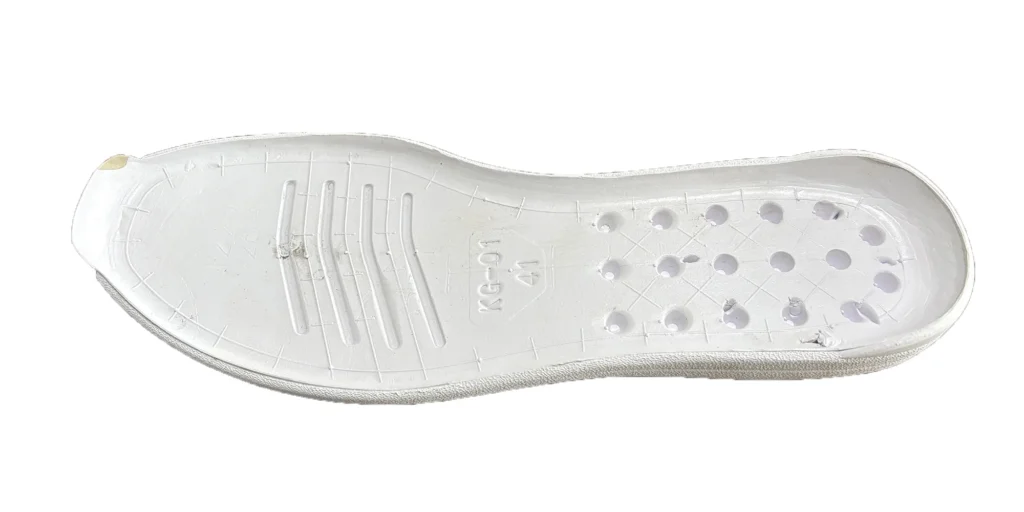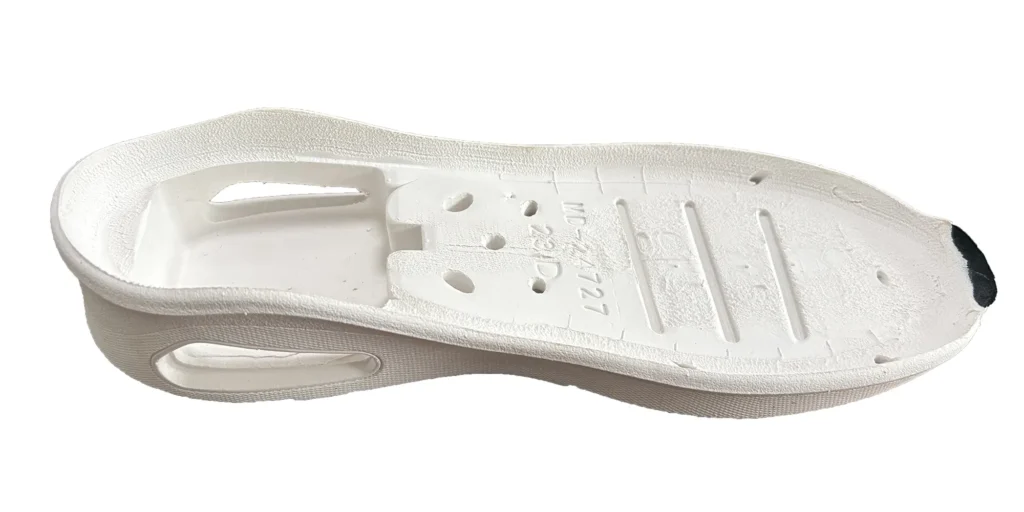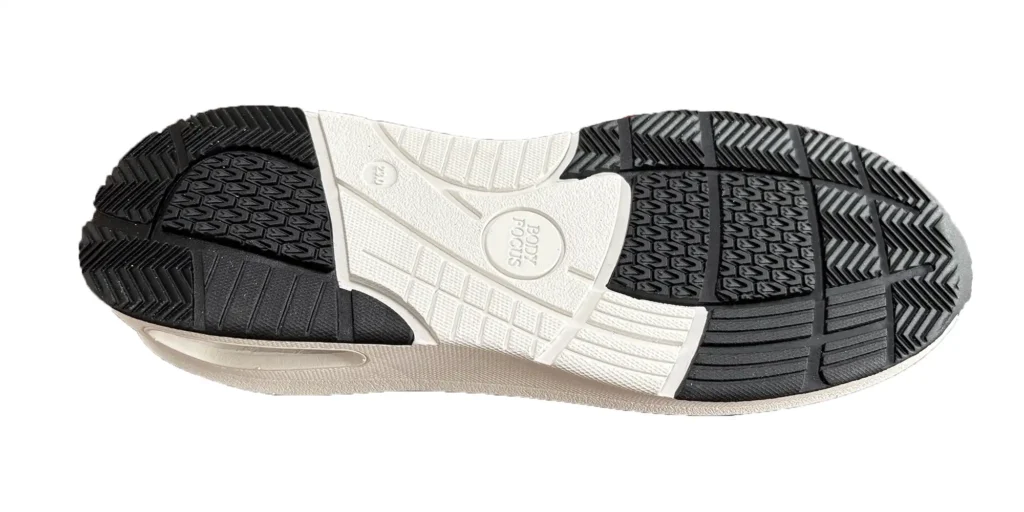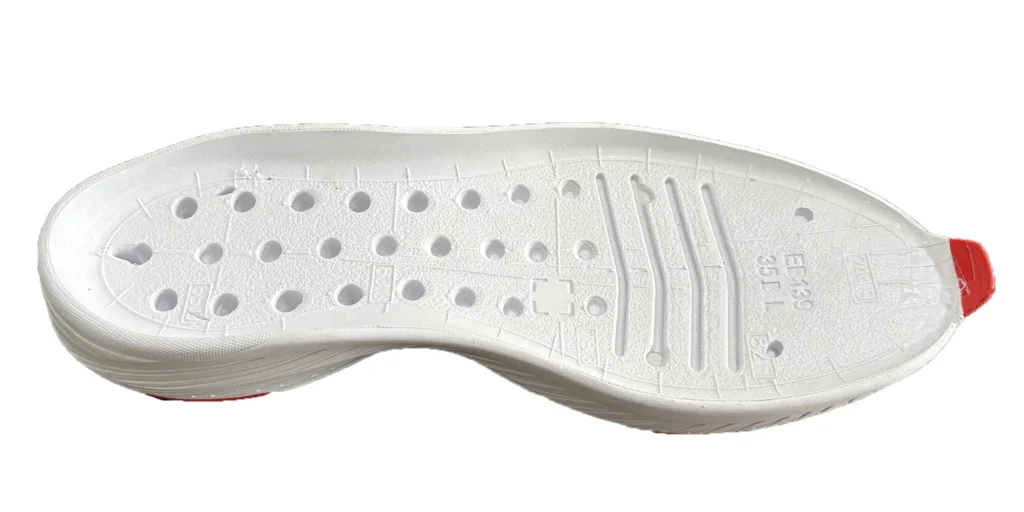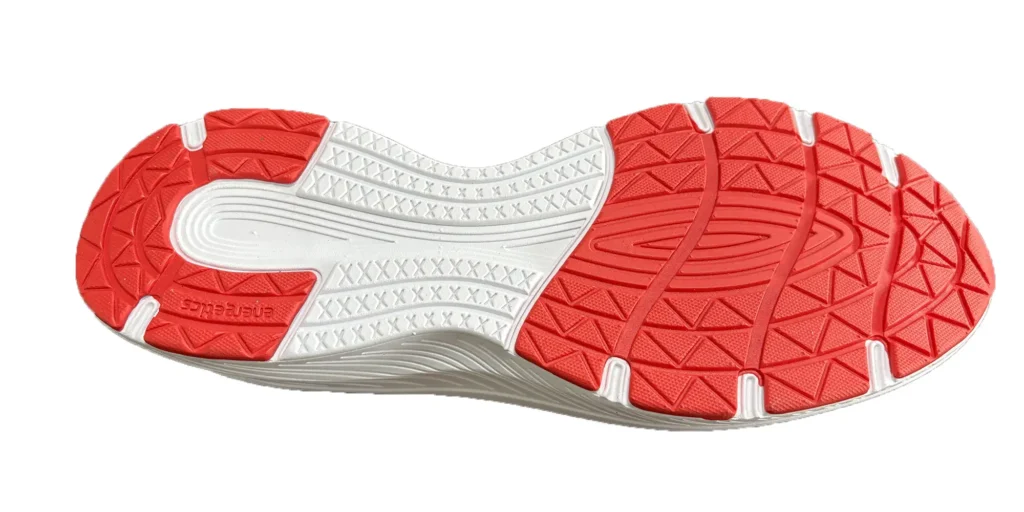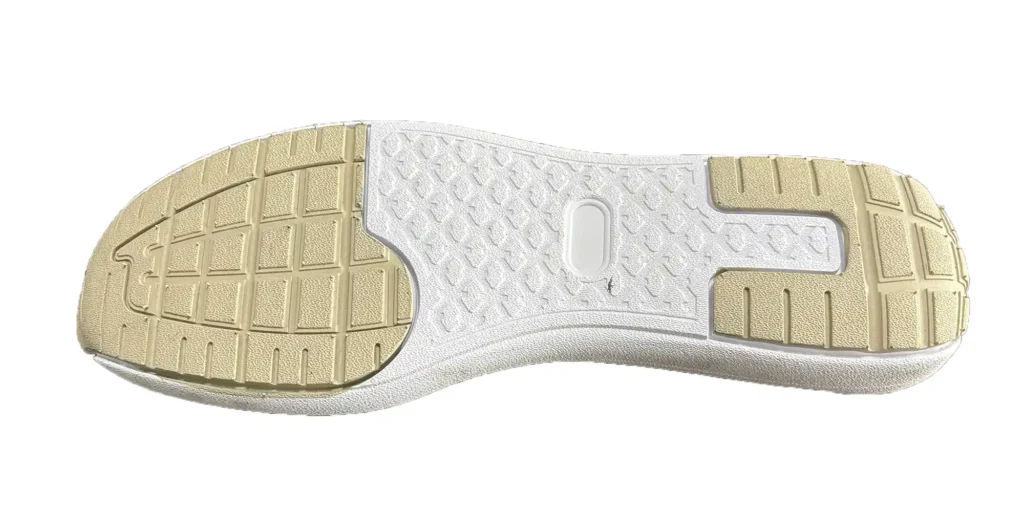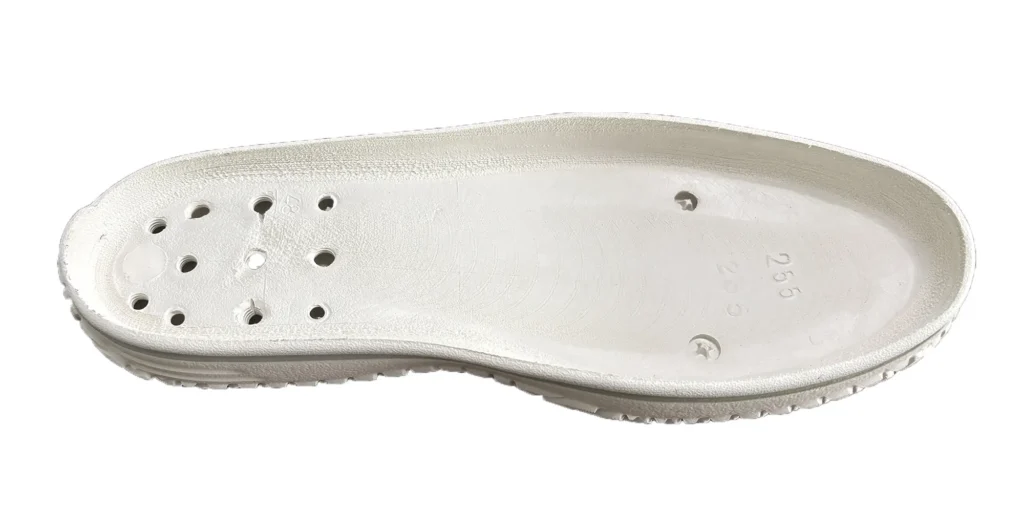Abstract
With the advent of the rainy season, the demand for slip-resistant footwear has surged dramatically. This article delves into the formulation design of anti-slip EVA materials, elucidating their core advantages during wet conditions—enhanced coefficient of friction and durability through specialized additives and texture optimization. Readers will gain insights into the scientific principles of EVA materials, real-world applications, and selection criteria. This knowledge empowers manufacturers to refine their products and assists consumers in mitigating slip hazards, thereby elevating everyday safety.
Main Content
As climate change exacerbates global precipitation patterns, frequent downpours have become a pressing concern. Rain-slicked pavements heighten the risk of accidental slips, with injury rates soaring by over 30% during peak rainy seasons. This underscores the criticality of shoe sole traction, where EVA (Ethylene Vinyl Acetate), prized for its lightweight elasticity, has emerged as the material of choice. However, conventional EVA exhibits limited slip resistance on wet surfaces, necessitating advanced formulation enhancements. This article meticulously dissects the technical intricacies, design rationale, and practical deployment of anti-slip EVA soles, supplemented by empirical data for actionable guidance.
Fundamentals of EVA Material in Footwear
EVA, a synthetic foam, dominates athletic and casual footwear owing to its featherlight density (0.1–0.2 g/cm³) and superior shock absorption (60–70% energy dissipation). While excelling in dry conditions, standard EVA suffers diminished friction coefficients on rain-soaked substrates like tiles or muddy terrain, primarily due to:
- Hydrophilic Nature: EVA’s water-attracting surface forms a lubricating film, slashing friction from 0.7 to <0.2.
- Formula Limitations: Conventional plasticizer-heavy EVA lacks hydrophobic and texture-enhancing agents, elevating slip risks.
Innovative formulations counter these flaws via additives and structural refinements. For instance, Japanese studies confirm that integrating 10–20% carbon black or silica nanoparticles boosts hydrophobicity and abrasion resistance, stabilizing wet-surface friction above 0.4 (per ISO 13287)—a 50% improvement.
Critical Design Elements of Rain-Ready EVA
High-performance EVA slip resistance hinges on synergistic additives, micro-texturing, and precise material ratios. Key components include:
Additive Selection:
- Carbon Black/Silica: These agents heighten rubber-like traction (carbon black) and surface roughness (silica). Nano-silica at 5–15% creates micro-pores that disrupt water films, elevating grip by 40%.
- Thermoplastic Elastomers: Blending in 10–20% TPU elevates hardness (40A to 60A Shore) without compromising flexibility, reducing wet-ground slips by 35%.
Texture Engineering:
Strategic tread patterns (e.g., V-grooves, herringbone) optimize water displacement. For example, 1.5mm-deep channels bolster drainage, augmenting traction by 25–30% (German tests).
Manufacturing Precision:
Tailored ratios (e.g., 70% EVA, 20% additives, 10% plasticizers) and injection molding at 140–160°C ensure homogeneity. Such methods reduce wear rates by 20% post 3-month usage (Korean trials).
Applications & Market Impact
Anti-slip EVA advancements resonate across industries. Consumer brands (e.g., Nike ReactX) report 90% satisfaction and fewer accidents, while industrial sectors (construction/logistics) witness 40% fewer slip-related injuries post-adoption. Future innovations target smart materials—e.g., sensor-embedded soles for real-time hazard alerts—valuable in aging societies.
However, challenges persist:
- Cost: Premium formulations inflate prices by 15–20%.
- Sustainability: Recycled EVA adoption (30% in Europe) mitigates environmental footprints.
Solutions include:
- Data-Driven Refinement: Leveraging SATRA TM144 friction tests and user feedback for iterative upgrades.
- Eco-Conscious Formulations: Biodegradable additives align with green mandates.
In summary, rain-optimized EVA soles epitomize the fusion of technology and safety. Consumers should prioritize products labeled with slip-resistance ratings (e.g., ISO-certified).
FAQs
FAQ1:
How effective are anti-slip EVA soles in rain?
Enhanced EVA formulations maintain wet-surface friction coefficients above 0.4—outperforming standard EVA (0.2–0.3). Lab results confirm 30–40% fewer slips. Opt for products marked “rain-ready” or with certified slip ratings.
FAQ2:
How to test sole traction?
Home test: Tilt wet tiles at 30°; observe slippage. Professionally, SATRA devices measure static/dynamic friction (target ≥0.4, per ISO 13287). Scrutinize manufacturer rain-simulation reports pre-purchase.
FAQ3:
How does EVA compare to rubber soles?
Rubber offers innate water resistance and durability but is heavier (0.8g/cm³) and costlier. Optimized EVA (0.2g/cm³) rivals rubber’s traction (0.4+) at 20% lower cost, favoring urban use. Hybrid designs balance longevity/agility.
FAQ4:
What defines anti-slip EVA technology?
Core innovations: Silica nanoparticles (15%) for texture, drainage-centric treads (V-grooves), and TPU hybrids for rigidity. Emerging smart polymers enable real-time hazard detection. Eco-safe formulations comply with regulations.
FAQ5:
How to maintain slip resistance?
Clean treads weekly; air-dry (avoid UV exposure); inspect wear monthly (replace if grooves shallow); shun oil/chemicals. Proper care extends effectiveness by 6+ months. Quarterly traction checks are advised for frequent rain use.
WELLE Trade has over 20 years of experience in the production and processing of PE/EVA/TPE foams, so you may want to consult with them if you have any sourcing needs.
